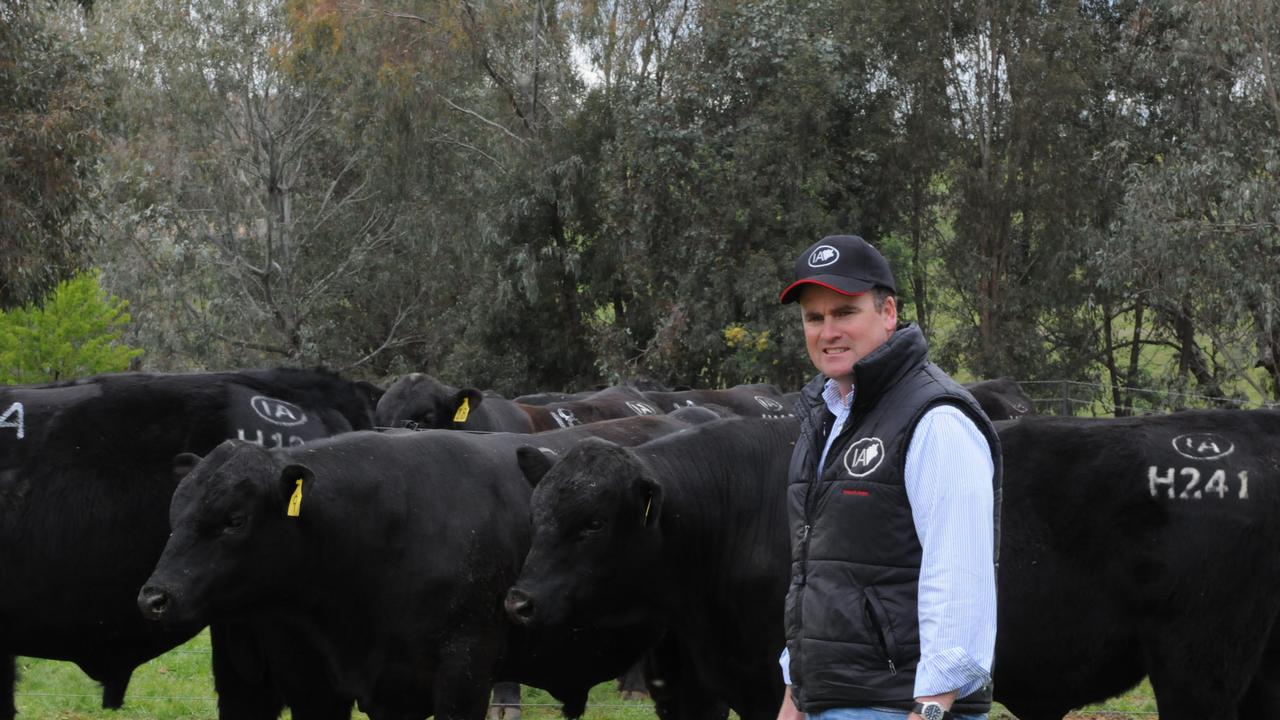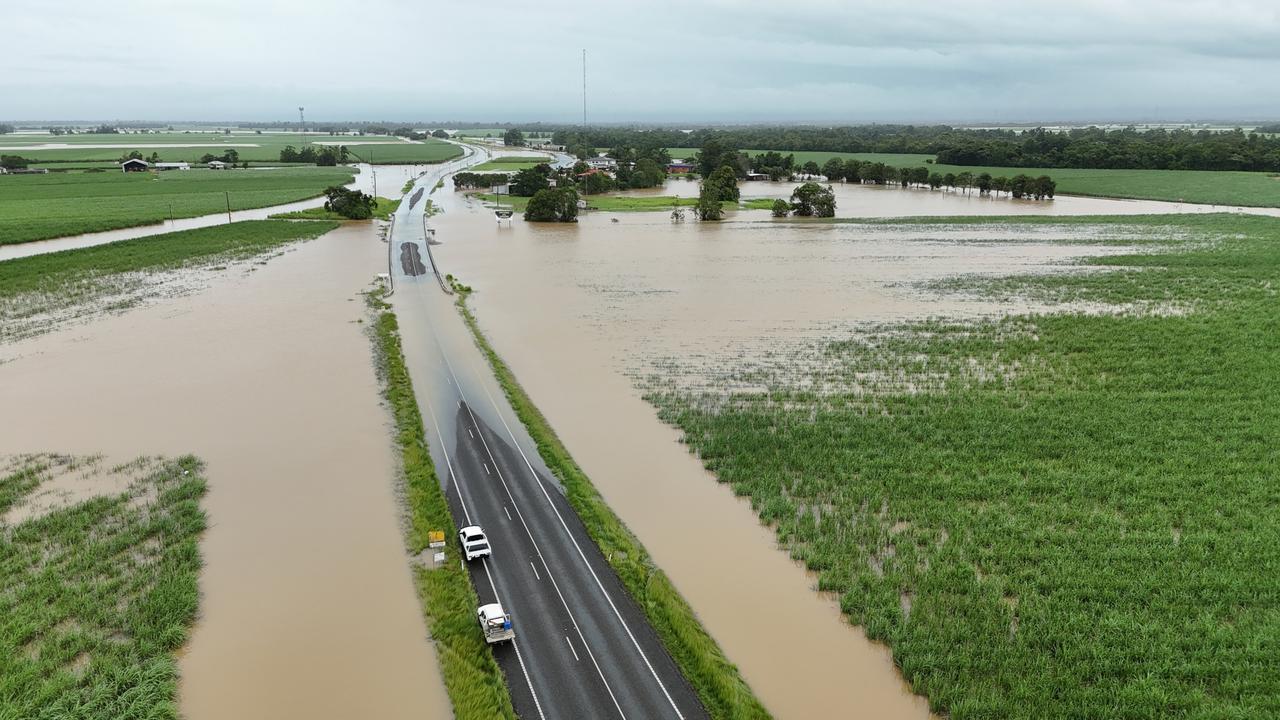Electric vehicles: Rural Australia showing little to no interest in making electric switch
Time to recharge: Regional Aussies are avoiding buying expensive electric vehicles until further infrastructure is built to support their viability.
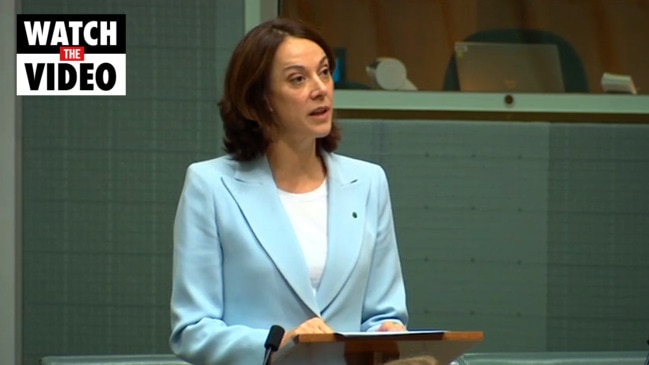
Regional Australians face a bumpy road in the rapid switch to electric vehicles if governments do not adequately consider the unique challenges of life outside the urban fringes, Nationals Senator Bridget McKenzie says.
The call comes as the federal government prepares to release its National Electric Vehicle Strategy discussion paper, with a core focus on fuel emissions standards, this month.
Senator McKenzie said the jolt needed to drive EV and plug-in hybrid uptake in the bush was expanding infrastructure.
“If you live out where I live, you do not have charging stations or infrastructure to support the level of uptake of EVs this government wants to see. The biggest range we have will not get you from Bendigo to Mildura and back,” she said.
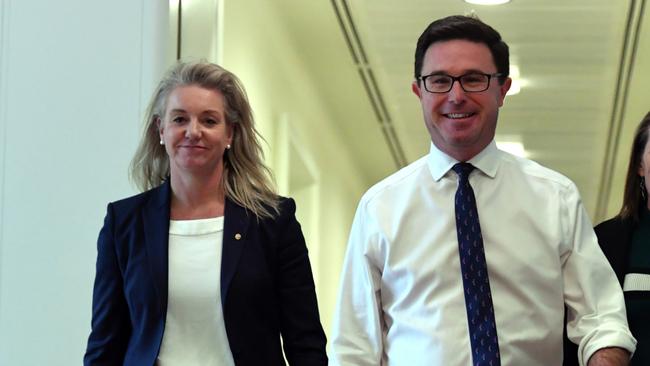
There are currently 3000 public charging stations nationwide, of which 500 are fast charging.
Earlier this year, McKinsey & Co consultants said Australia must “step on the pedal” to build the 2.8 million charging stations needed to service a projected 3 million EVs by 2030.
Shepparton Auto Group general manager Juan Briggs said while there was some interest in hybrids, and none for full EVs, most customers lost interest once realising the hurdles.
“The cost remains astronomical, that scares people off, and we don’t have enough charging stations. Owning an EV is not simple, you must plan trips around where you can get charged. The average wait time on an EV is also 18 months, while standard models are six.
“Rural people are not looking at EVs, its mainly retirees or younger people.”
UK consumers have a choice of 26 EVs under $60,000 while Australians have eight.
Senator McKenzie, the Shadow Minister for Infrastructure, Transport and Regional Development, said it was essential right-hand drive commercials and utes traditionally favoured by the Australian market were available before legislation passed.
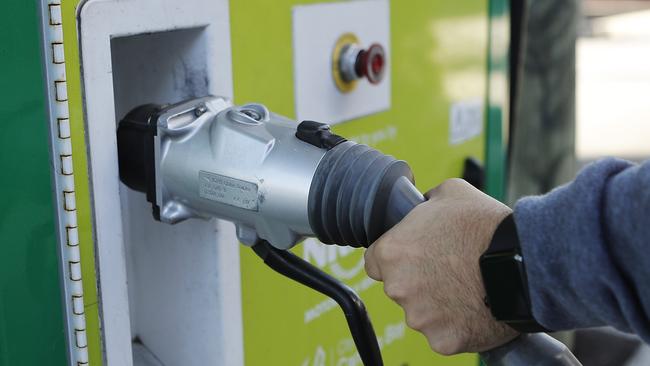
“We can get the bigger American-style utes but that’s not functional,” she said.
The 9680 EVs purchased in Australia in the first half of 2022 represented just 1.8 of all new vehicles sold.
The Minerals Council of Australia recently told a Senate Inquiry that trillions of dollars were needed to mine critical minerals to hit global EV production targets.
Labor’s plans to remove Fringe Benefits Tax from eligible EVs and scrap the 5 per cent customs duty on EVs faces legislative hurdles from the Coalition, Greens and some crossbenchers.



